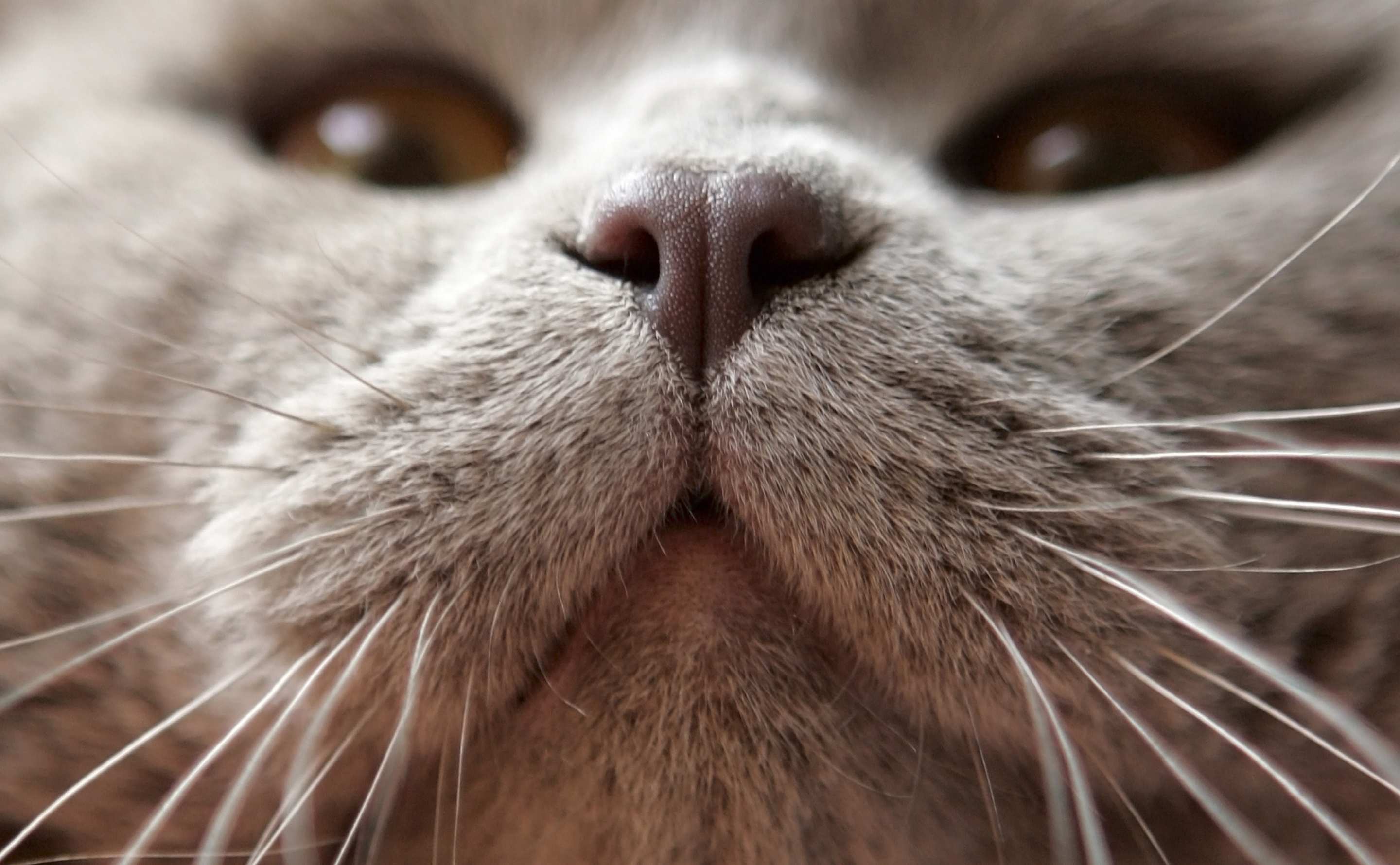Study backs cat welfare: expert calls for early-age desexing
Research showing cats can be desexed younger than previously thought could have important implications for animal welfare and the environment.

The traditional age for desexing cats is about six months but research published during the breeding season now shows the surgery can be done safely before two months old—with important implications for animal welfare and the environment.
The findings have been published recently in the peer-reviewed Journal of Feline Medicine and Surgery Open Reports, which is an official journal of the International Society of Feline Medicine.
Cats have overtaken dogs as the number one pet in the United States, and in Australia, number three million out of seven million pets. Touching on the environmental impacts of abandoned cats becoming feral predators in national parks, which has been identified by Government as a national issue, the paper calls for a re-think about desexing.
Chief investigator for the project, Associate Professor Vanessa Barrs, from the University of Sydney’s Faculty of Veterinary Science, said early-age desexing removes the responsibility from owners, who often fail to return cats for surgery, and prevents sexually precocious animals from falling pregnant.
“The traditional age for desexing is around five to six months, but some females come into heat around four months of age, and hence unwanted pregnancies can occur,” Associate Professor Barrs said.
“We performed a retrospective study with the Cat Protection Society of NSW, who granted us access to records of cats that had been desexed at an early age during their care. We found no increased risk of complications.
“We are working with the Cat Protection Society to co-ordinate an early-age desexing education project for veterinarians, including a training video that will be widely disseminated.”
Cat Protection Society of NSW CEO Kristina Vesk said many unwanted kittens were euthanased each year. “With kitten season now here, the coming months will see thousands of homeless kittens in pounds and shelters across the state,” Ms Vesk said.
“If people want to be certain to prevent pregnancy in their cat they should book the cat in for desexing ideally before 12 weeks of age… we desex our kittens when they reach one kilogram, usually about 8-10 weeks. We rehome only desexed kittens.”
The Australian Veterinary Association (AVA) said it was reviewing its 2008 policy, and their proposed new policy was in line with this study’s findings.
“Veterinarians must decide the appropriate age of desexing based on current scientific evidence; At the veterinary practitioner’s discretion, desexing can be performed from as early as 8 weeks of age and at a minimum of 1kg bodyweight,” said AVA president Dr Robert Johnson.
The paper reads: “The remarkable reproductive success of this species is a major factor in the ability of cats to colonise diverse environments. A single female cat can produce 40 kittens per year.”
“There is increasing evidence that early-age desexing is not only safe in the short and long term, but also offers advantages, including reduced surgical time and rapid recovery.”
The paper, ‘Effect of age and surgical approach on perioperative wound complication following ovariohysterectomy in shelter-housed cats in Australia’, is available online.
